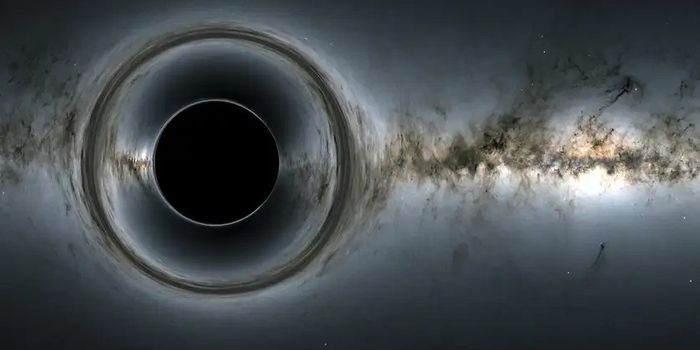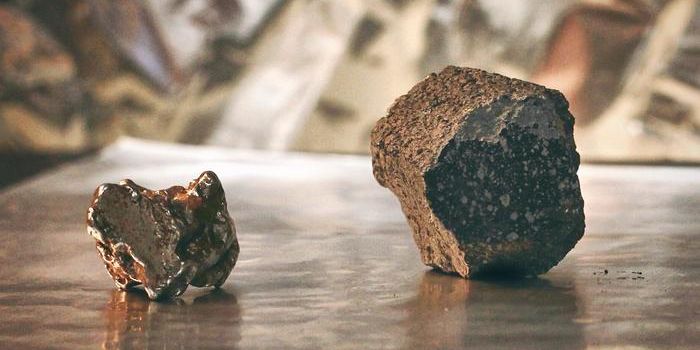The Future of Lunar Exploration Might Lie Underneath its Surface
Approximately 10 years ago caves were discovered to exist below the surface of the Moon! These lunar caves can be up to 100 meters (or over 300 feet) below the surface. These caves are pristine records of the geological history of the Moon and could provide key information about how it formed.
Additionally, and perhaps a more exciting reason for discovering these caves, is that they could potentially provide a safe home for future human explorers. Since the Moon does not have an atmosphere, it experiences extreme temperature changes. During the day, the temperature on the surface of the Moon can be 150 degrees Fahrenheit, while it can reach temperatures of below -150 degrees Fahrenheit at night. The subterranean caves can be reached through natural vertical pits formed through former volcanic activity. The caves have much more stable environmental conditions, with a temperature hovering around -30 degrees Fahrenheit and protected from radiation. Thus, the climate is much more tolerable for humans and these caves could serve as good base camps for astronauts.
Before sending humans down into these caves, the logical solution is to send robots down to investigate them. The European Space Agency (ESA) and the Japanese Aerospace Exploration Agency (JAXA) are currently imploring lunar scientists and engineers to design Moon cave explorers. As with any new mission, there are many things that need to be considered. Space in itself is hazardous, but there are many other challenges that need to be considered for the task at hand.
Lucas Froissart, a mechanical engineer located at the Swiss Federal Institute of Technology, interned with JAXA to design a mechanism capable of propelling six explorer robots through lunar tunnels. He built an exoskeleton that would be dropped into a lunar pit, releasing the explorer robots as it touches the ground. Three of the robots would be propelled at a 45 degree angle in order to go as far as possible into the cave, while the other three robots would be released on the spot to begin collecting data immediately. Froissart needed to consider many challenges in his design: the height of the fall, weightlessness, lack of air resistance on the Moon. JAXA plans to further develop and refine his project to be used for a future mission on the Moon.
In 2019, ESA launched a public Open Space Innovation Platform (OSIP) call for ideas to detect, map, and explore lunar caves. Five ideas were chosen to be studied in more detail through an ESA Discovery SysNova challenge, each addressing a different phase of a potential mission to explore lunar caves. Two of the missions studied – RoboCrane and Daedalus – were selected and were combined into one complete mission plan. The mission would use a robotic crane (RoboCrane) to lower a cave explorer (Daedalus) into a lunar pit. On the way into the pit, Daedalus would explore and document the entrance to the cave, and then map some of the bottom of the cave.
These projects are huge collaborations between experts from many different areas of science and engineering. They will require the development of innovative technologies, which would be a huge step forward toward Lunar and Martian exploration. There is still a lot of work to do over the next decade, but it will be exciting when a space mission will be sent to explore what could lie within the Moon. There will be a planetary caves conference in 2023, where an international group of scientists and engineers will surely discuss these ideas and further highlight the need for a lunar cave mission.









